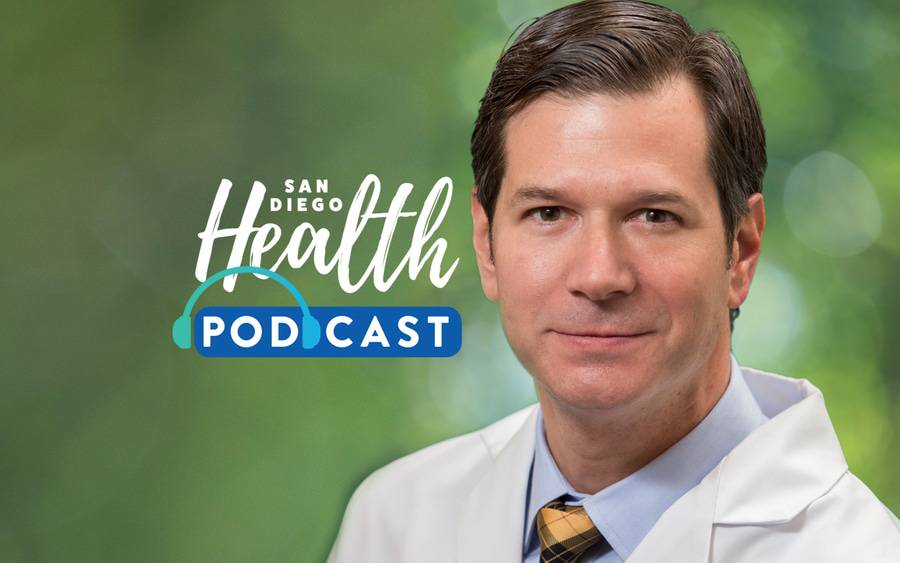Are Varicose Veins Dangerous? (podcast)
While unsightly, they’re mostly harmless but can signal problems

Dr. Jeffrey Weiss, Vascular Medicine, Scripps Clinic
While unsightly, they’re mostly harmless but can signal problems
According to the American Heart Association, about 23 percent of adults in the United States have varicose veins. The condition marked by swollen and twisted veins in the lower legs can be painful and unsightly and may also be an indicator of more serious health problems.
In this episode of San Diego Health, host Susan Taylor and guest, Jeffrey Weiss, MD, a vascular surgeon at Scripps Clinic Anderson Medical Pavilion in La Jolla, discuss what causes varicose veins to form, who’s most likely to develop them and the risks associated with varicose veins.
Dr. Weiss outlines common treatment options and how doctors can get rid of varicose veins for good.
Listen to the episode on causes and treatments for varicose veins
Listen to the episode on causes and treatments for varicose veins
Podcast highlights
Watch the video on varicose veins
Watch the San Diego Health video with host Susan Taylor and Dr. Weiss discussing causes and treatments for varicose veins.